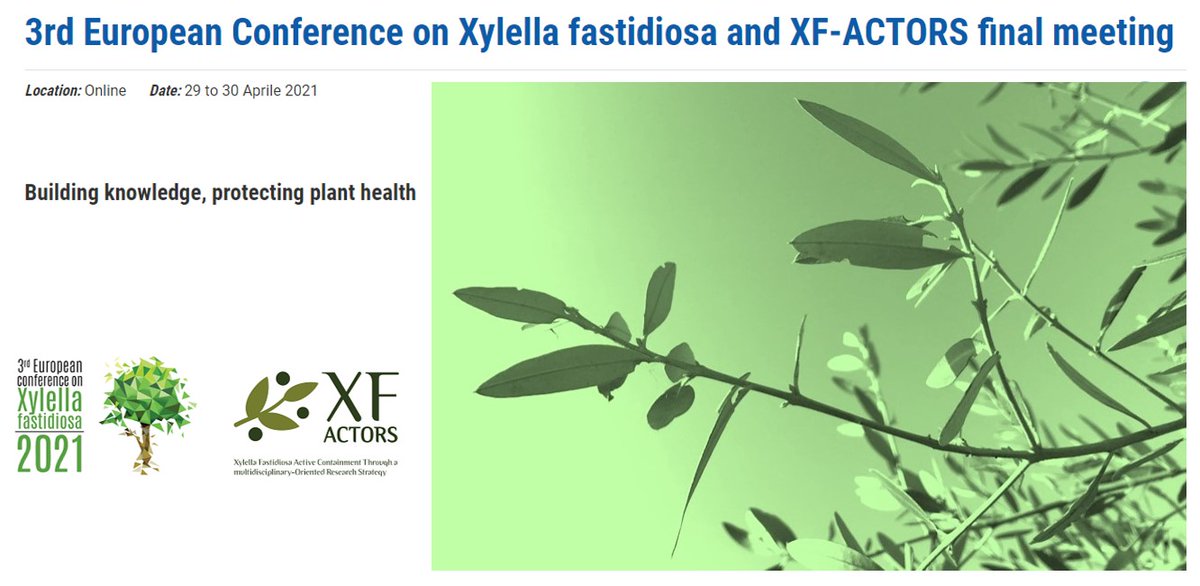


Xf is linked to many other plant diseases, including leaf scorch of almond, oleander, olive, and plum. The Xf bacterium resides in the xylem (water conducting system) of the grapevine and is transmitted to the grapevine by insects, specifically sharpshooter leafhoppers and spittlebugs. In 2000, APHIS issued a Declaration of Emergency to control and prevent the spread of GWSS and PD in California, and the California Department of Food and Agriculture (CDFA) organized the Pierce’sĭisease Control Program (PDCP). The biology, feeding habits, and large host range of GWSS make it more effective in transmitting PD than native insects. PD, present in California for over 100 years, did not pose a severe threat to agriculture until the introduction of GWSS in the 1990’s. GWSS is native to the southeastern US and northeastern Mexico. A subspecies of Xf, also called fastidiosa, causes Pierce’s Disease (PD) in vinifera grape varieties. Vitripennis (Cicadellidae family), vectors the bacterium Xylella fastidiosa ( Xf).
#Xf and infection in plant full
The electronic version of Journal of EcologyĪuthorized users may be able to access the full text articles at this site.The Glassy-Winged Sharpshooter (GWSS), Homalodisca
#Xf and infection in plant archive
Further details are available at JSTOR provides a digital archive of the print version of Journal ofĮcology. The journal does not publish papersĬoncerned solely with cultivated plants and agricultural ecosystems. Issues of general interest to ecologists. (1999) observed that caftaric acid inhibited a fungal pathogen-produced stilbene oxidase, which had the putative function of detoxifying resveratrol and other plant-produced antibiotic. Both experimental and theoretical studies are accepted, asĪre descriptive or historical accounts, although these must offer insights into This suggests that caftaric acid was produced as part of an infection-induce coordinated defense response to combat Xf infection. Of ecological principles and the research presented must transcend the limits Need to convey strong and ecological messages that advance our understanding Studies of plant communities, populations or individual speciesĪre accepted, as well as studies of the interactions between plants and animals,įungi or bacteria, providing they focus on the ecology of the plants. Of the ecology of plants (including algae), in both aquatic and terrestrialĮcosystems. Journal of Ecology publishes original research papers on all aspects This lead to the transmission of the disease to all plants in the population and thus to the extinction of the entire host population. This was mainly because, at high disease incidence levels, the fraction of pollinators that carried pollen was almost non-existent. PCR on five plant matrices artificially inoculated and on naturally infected plants. 50%, the host population was driven to local extinction. Xylella fastidiosa (Xf) is a quarantine plant pathogen bacterium. When the disease was able to invade the host population, the disease incidence varied with the transmission potential of the fungal spores. The higher the recruitment rate of the host, the easier it is for the pathogen successfully to invade the host population. The condition was entirely dependent on the demographic processes of the host plant. A condition was calculated which had to be satisfied to enable the disease to invade the host population and it is shown that the disease must possess a minimum transmission potential to be able to invade the host population. The model did not include any other density-dependent processes. Analysis of the model, with the disease absent, revealed that the pollinators have a limiting effect on the growth rate of the population. In addition, such plants will prove useful tools in determining the roles of AHLregulated densitydependent behaviour in growth promoting, biological control and pathogenic plantassociated bacterial species.

The model also includes the pollination process as this plays a central role in the transmission of the fungal spores between plants. These plants have dramatically altered susceptibilities to infection by pathogenic Erwinia species. The model is based on the interactions between the smut fungus Ustilago violacea and its host plant Lychnis viscaria. A mathematical model was used to study how a parasitic castrating fungus affects the population dynamics of its host plant.


 0 kommentar(er)
0 kommentar(er)
